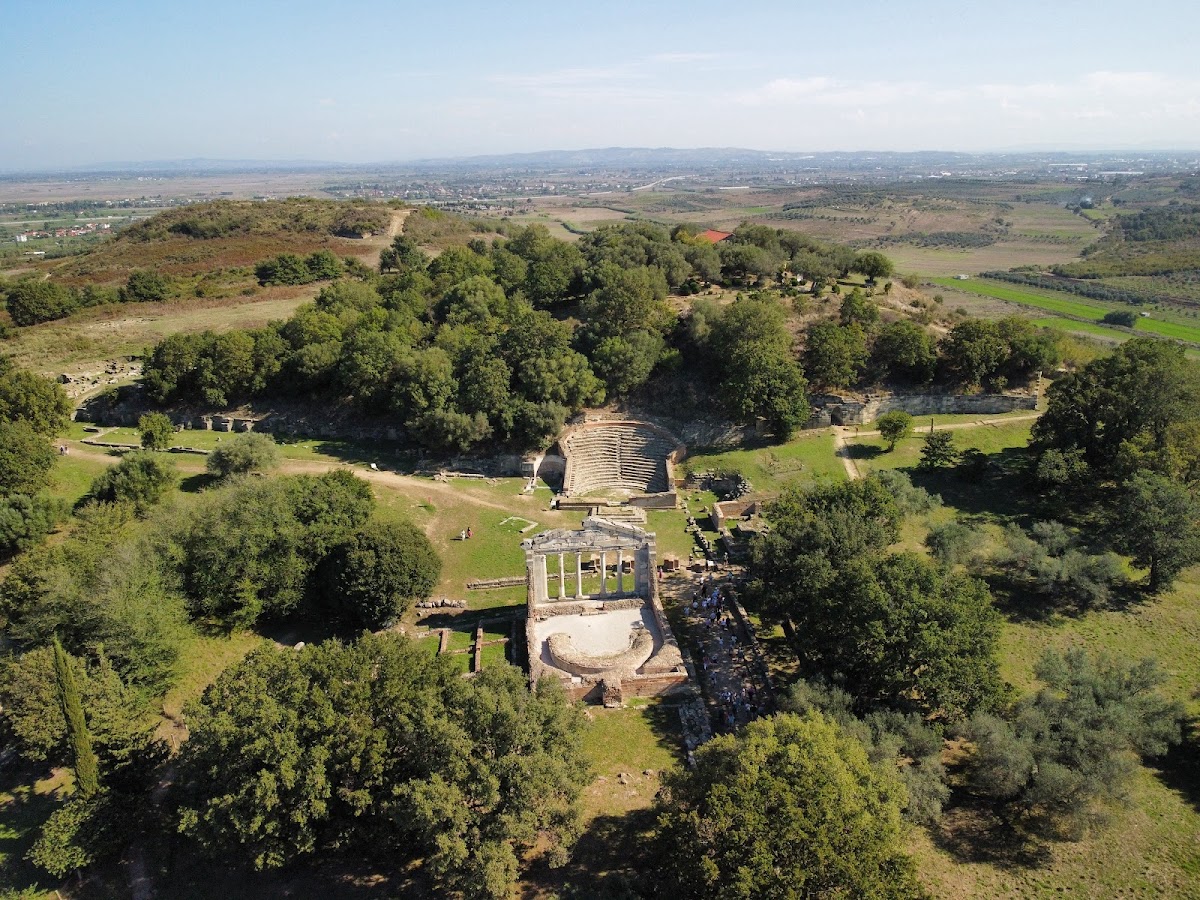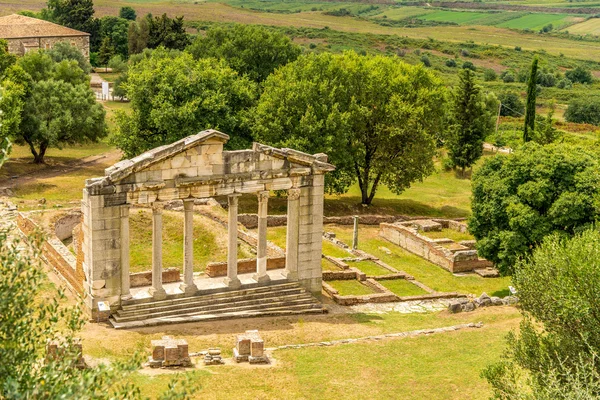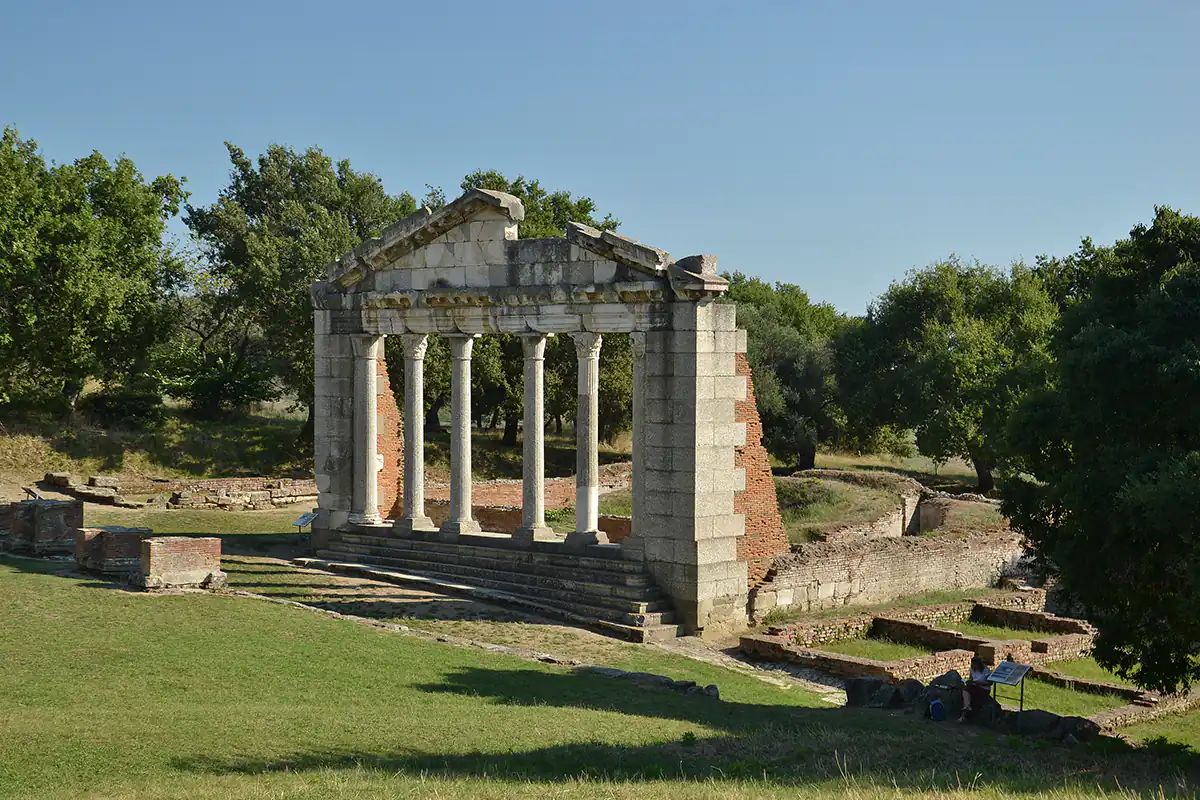
Key Takeaways
- Apollonia was a major Greek colony in Illyria that played a crucial role in ancient trade and cultural exchange.
- The city’s strategic location on fertile land near vital trade routes made it an economic and political hub.
- Its archaeological remains, including theaters, temples, and libraries, reveal a rich blend of Greek and Roman influences.
- Modern Apollonia is a UNESCO-listed site attracting scholars and tourists alike.
- Studying Apollonia offers insights into cultural interactions, urban development, and the legacy of ancient civilizations.
Apollonia, often overshadowed by its more famous Greek counterparts, stands as a testament to the interconnectedness of ancient civilizations. Located in what is modern-day Albania, it was more than just a city — it was a vibrant hub where cultures intertwined, ideas flourished, and history was made. Its story offers us a window into the complexities of Greek, Illyrian, and Roman interactions, shaping the foundation of Western civilization.
Introduction to Apollonia: An Intersection of Cultures
Defining Apollonia and Its Significance
Apollonia was not just one of many cities sharing the name of the Greek god Apollo; it was a
strategic and
cultural linchpin in ancient Illyria. Established as a prominent Greek colony, it boasted a thriving economy and a vibrant cultural scene. Situated on fertile land along the Vjosë River, it served as a vital trade link between the Greek mainland and the Adriatic, cementing its reputation as a critical hub of commerce and cultural exchange.
Historical and Cultural Context of Apollonia
Founded in the 6th century BC by colonists from Corinth and Corcyra, Apollonia emerged as a beacon of Greek influence in Illyria. Its location at a crossroads of trade routes fostered prosperity and a melting pot of cultures. This blend facilitated philosophical debates, political innovations, and artistic achievements, including a distinct philosophical school. As a city that nurtured Greek and Illyrian interactions, it played a key role in shaping regional identities.
Engaging the Reader’s Interest in Apollonia
Imagine walking through the ruins of a city where
Greek philosophy met Illyrian traditions, creating a unique cultural tapestry.
Octavian’s studies in Apollonia connect this ancient city to the broader Roman world, adding historical depth and intrigue. Its legacy invites us to explore the layers of history that have shaped the region, making Apollonia a captivating subject for both scholars and history enthusiasts.
Historical Background of Apollonia: A City Through Time
Origins and Founding of Apollonia
Established around 588 BC by Greek settlers from Corinth and Corcyra, Apollonia was motivated by economic ambitions and the desire to control key trade routes. Its geographical setting on the fertile plains near the Aoös River provided access to both land and sea, creating a prime location for trade, resource exploitation, and regional influence. This foundation set the stage for centuries of growth as a regional powerhouse.
Important Historical Periods in Apollonia’s Development
- Archaic and Classical Periods: As an independent city-state, Apollonia prospered with its own constitution, coinage, and close ties to Corinth.
- Hellenistic Period: Under the influence of Epirus and other Hellenistic powers, Apollonia maintained autonomy while adapting to shifting political landscapes.
- Roman Period: Conquered by Rome, it became essential for administration and military strategy. An earthquake in the 3rd century CE marked decline, but its legacy persisted.
- Late Antiquity and Decline: Transitioning into Byzantine rule, Apollonia left behind monuments and artifacts, even as it faded as a populated urban area.
Role of Apollonia in Trade, Politics, and Culture
Throughout history, Apollonia was a
central hub: exporting resources like grains, timber, and slaves, and importing wines, oils, and luxury goods. Politically, it balanced independence with alliances, while culturally, it was a center for learning, arts, and religious life. Its influence extended into its Illyrian neighbors, shaping regional developments.
Geographic Location and Archaeological Importance of Apollonia
Geographic Description of Apollonia
Perched on a hill in modern Albania near Pojan in Fier County, Apollonia provided stunning views of the Adriatic Sea and surrounding plains. The Aoös River’s course shifting over time highlights its strategic importance. Its elevated position offered natural defense and accessibility, making it a key site for trade and settlement.
Major Archaeological Discoveries in Apollonia
Excavations since the early 20th century have uncovered remarkable structures, including:
- The ancient Bouleuterion, or council house, a symbol of civic governance.
- The Greek Theater, showcasing classical architecture designed for public performances.
- The Temple of Artemis, emphasizing religious devotion.
- A library that underlines the city’s commitment to knowledge.
- An impressive Nymphaeum, illustrating Roman engineering mastery.
- Extensive remains of residential neighborhoods.
These artifacts provide a window into daily life, religion, and governance of ancient Apollonia.
Understanding Ancient Civilizations Through Apollonia
Studying Apollonia enables us to understand how Greek colonies established urban centers, interacted with local populations, and evolved under Roman rule. It exemplifies the hybrid cultural identity that characterized the Balkans, revealing a layered history of colonization, adaptation, and resilience. Learn more about these insights at: Ancient Civilizations in Apollonia.
Cultural and Architectural Highlights of Apollonia’s Rich History
Key Landmarks and Artifacts of Apollonia
- Bouleuterion: The assembly hall reflecting civic engagement.
- Theater: An impressive structure for cultural festivals and gatherings.
- Temple of Artemis: Center of religious worship.
- Library: A hub of knowledge and learning.
- Nymphaeum: An intricate fountain demonstrating Roman artistry.
- Byzantine Monastery: Illustrating the religious continuity and later significance of the site.
Influence on Art, Architecture, and Culture
The artistic and architectural styles at Apollonia embody elements of Greek and
Roman architecture, showcasing ideals of beauty, order, and realism. Its cultural melting pot led to unique religious practices, artistic traditions, and civic identity, which continue to inspire archaeological and artistic research today.
Apollonia in Modern Times
Designation as a Historical and Tourist Site
Today, Apollonia is a protected archaeological park and popular destination for visitors interested in ancient history. The site features well-preserved ruins, museums, and guided tours that bring its history to life. It serves as a testament to Albania’s rich cultural heritage and ongoing efforts in preservation.
Preservation and Research Efforts
Modern initiatives involve international archaeologists and local authorities committed to conserving the site’s integrity. Excavations, restorations, and educational programs aim to protect Apollonia’s legacy for future generations. Discover more about ongoing projects at:
UNESCO’s conservation efforts.
Why Apollonia Matters Today
Educational and Cultural Value
Apollonia offers vital lessons on ancient Greek urban planning, cultural exchange, and the rise and fall of civilizations. It underscores the importance of preserving shared history and inspires contemporary dialogue on cultural identity and heritage conservation.
Enriching Historical and Archaeological Understanding
- Colonization and cultural fusion: How Greek and Illyrian influences blended to create a unique society.
- Urban development: Lessons from ancient city planning and civic institutions.
- Imperial transitions: The city’s journey through Greek, Hellenistic, Roman, and Byzantine periods.
- Heritage preservation: The ongoing commitment to protect and interpret ancient sites.
Conclusion: The Enduring Legacy of Apollonia
In reflecting on Apollonia’s historical significance, it becomes clear that this city was more than just a strategic settlement; it was a
cultural crossroads and a symbol of human ingenuity. Its archaeological remains continue to tell stories of exchange, resilience, and innovation.
Preserving Apollonia ensures that future generations can learn from its legacy, honoring the enduring Threads of history that connect us all. Exploring its ruins invites us to appreciate the profound ways ancient civilizations have shaped our world today.




